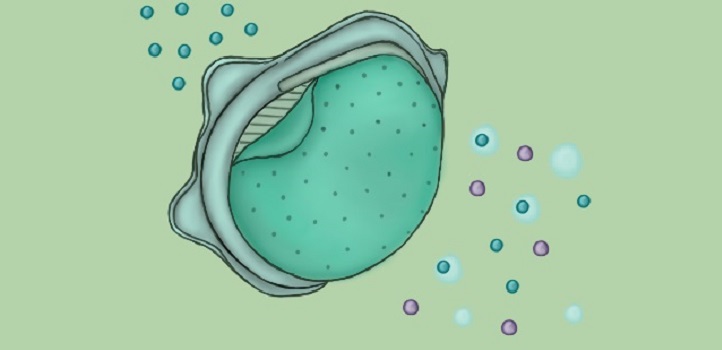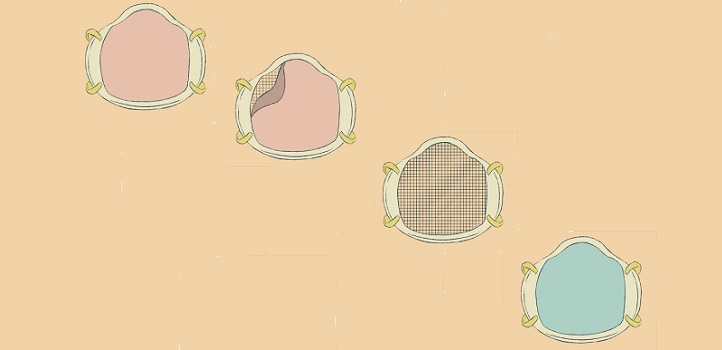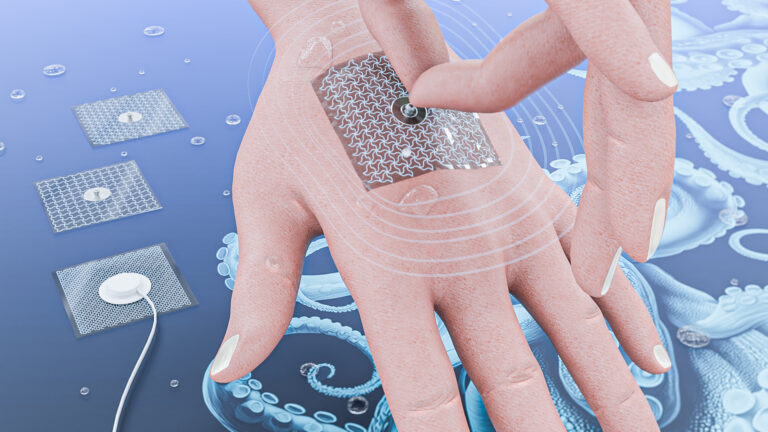Electrical Engineering
Membrane makeover makes face mask reusable
A polyimide membrane with regularly sized and spaced pores turns the N95 respirator into a reusable mask for protection against COVID-19.

An ultrathin, lightweight, porous polymeric membrane designed at KAUST can turn the N95 respirator into a reusable facemask while potentially improving its ability to keep out SARS-CoV-2, the virus that causes COVID-19.
Governments around the world are requiring or advising citizens to cover their faces while in public places to help protect themselves and others from COVID-19 infection. The rise in demand for facemasks has led to global shortages and makeshift solutions.
The N95 respirator is a single-use, tight-fitting, surgical-grade mask that filters 95 percent of airborne particles. World health bodies and governments recommend their use only by healthcare professionals as these masks are in short supply.
Now, KAUST electrical engineer Muhammad Mustafa Hussain and his team have repurposed the N95 respirator by fabricating an attachable membrane that can be replaced after a single use. The new design facilitates reuse of the N95 mask, saving costs, resources and broadening its availability.

The membrane is attached to the outside of an N95 respirator and is removed and replaced after use.
Reproduced with permission from reference 1 © 2020 American Chemical Society
Importantly, it could also improve the mask’s filtration efficiency for SARS-CoV-2. Pores in currently available N95 masks are around 300 nanometers (nm) in size, while the SARS-CoV-2 virus is significantly smaller at 65 to 125 nanometers. The N95 is highly efficient at filtering out airborne particles but less so for particles smaller than the respirator’s pores.
The team’s approach facilitates the design of ultrathin polymeric membranes with pore sizes as small as five nanometers. The method first involves etching funnel-shaped pores into a silicon-based template, producing an array of 90 x 90nm squares on one side and tiny 5- to 55nm-sized pores on the other. “The etching method controls the distances between the pores and overcomes the problem of randomly spaced and oriented pores found in polymeric, nanoporous membranes developed by other researchers until now,” explains Hussain.

Scanning electron microscope images of the nanoapertures after etching for increasing periods of time and showing the patterned squares in each image.
Reproduced with permission from reference one © 2020 American Chemical Society
The template pattern is then etched onto a 10-micrometer-thick polyimide film that is removed from the template and can be attached to an N95 respirator.
The polyimide membrane is intrinsically hydrophobic. In other words, water droplets fall off it instead of being absorbed into it, which means that particles do not accumulate or collect on the mask’s surface.
The team’s theoretical calculations show that their repurposed N95 mask conforms to the breathability standards set out by the United States National Institute for Occupational Safety and Health.
“We are now working with commercial partners to further optimize our mask’s breathability and filtration efficacy,” says KAUST postdoc and the study’s first author, Nazek El-Atab.
References
-
El-Atab, N., Qaiser, N., Bagdhaish, H., Shaikh, S.F. & Hussain, M.M. A flexible nanoporous template for the design and development of reusable anti-COVID-19 hydrophobic face masks. ACS Nano 14, 7659-7665 (2020).| article
You might also like

Bioengineering
Sensing stress to keep plants safe

Computer Science
Sweat-sniffing sensor could make workouts smarter

Electrical Engineering
New tech detects dehydration by touching a screen

Electrical Engineering
A new interface for efficient electronics

Electrical Engineering
Artificial neurons enable neuromorphic computing with light

Electrical Engineering
Narrow-linewidth lasers bring low-noise answer

Electrical Engineering
Octopus suckers inspire sticky medical patch

Electrical Engineering




